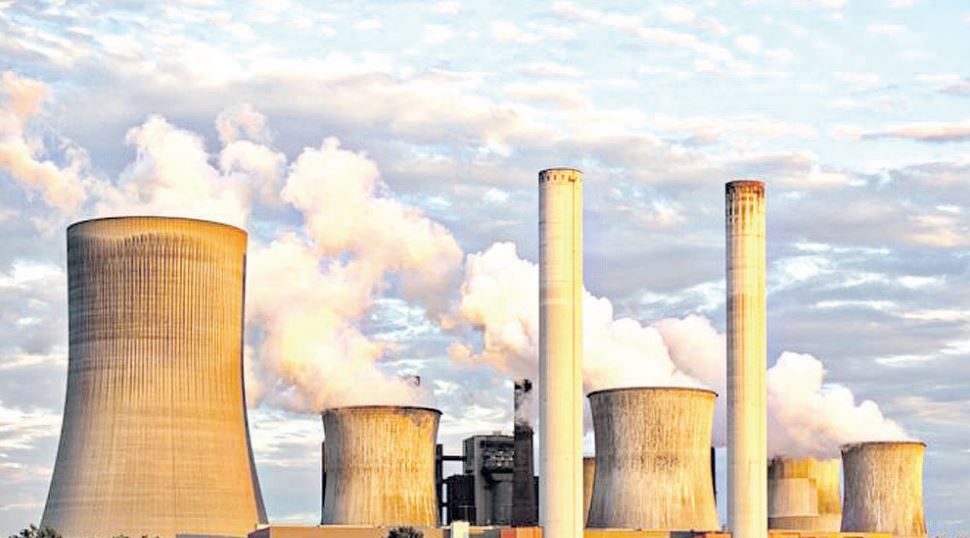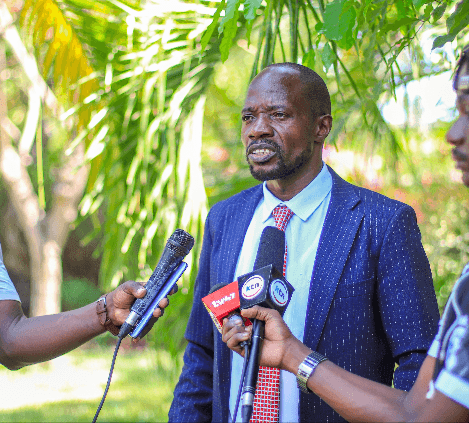

Any mention of nuclear energy immediately sends a historian’s mind to the negative effects of the historic atomic bomb dropped in Hiroshima and Nagasaki, Japan, in 1945, producing enormous explosive energy with lethal ionising radiation.
But far from it, nuclear energy has been and will continue to define our socioeconomic developments not only in Kenya but across the globe, thanks to the existing global nuclear strategy derived from the Nuclear Test Ban Treaty of 1963 and the Treaty on the Non-proliferation of Nuclear weapons of 1968.
Guided by these treaties, Kenya like many other countries is steadily advancing its ambitious nuclear power programme and targets to have her first nuclear power plant in 2034.
This is in realisation that nuclear energy emerges as a viable option to complement Kenya's existing energy sources.
Significant steps towards implementation of the nuclear power plant in a safe, secure and sustainable manner through the guidance of the International Atomic Energy Agency have since been attained and incorporated into the country’s long-term energy strategy labelled the Least Cost Power Development Plan (LCPDP) 2024-34.
As the lead agency for Kenya's nuclear aspirations, Nuclear Power and Energy Agency, remains instrumental in the implementation of the nuclear power programme within the planned 2034 target.
Towards this achievement, the agency has signed progressive Nuclear Cooperation Memoranda of Understanding with the United States of America and People’s Republic of China and undertaken capacity-building initiatives for the necessary skilled workforce for the Programme.
These activities are backed by a Strategic Environmental and Social Assessment Report and the National Nuclear Energy Policy that provides a robust legal and regulatory framework for the program.
Looking into the future, the country is in Phase 2 of the International Atomic Energy Agency Milestones Approach.
For the government agenda, nuclear science is revolutionising agriculture, offering crucial tools to combat climate change and enhance food security as researchers gained precise insights into water and nutrient movement in soil and crops.
This has led to improved irrigation optimisation, increased crop yields by up to 20 per cent, and significantly saved on fertiliser costs for thousands of our small-scale farmers.
Further, nuclear technology is being utilised in the management of the post-harvest losses, through food irradiation technology, thereby directly addressing the challenge in food security.
The application of nuclear technology is on the other hand transforming universal health coverage as nuclear medicine provide advanced diagnostic capabilities and effective cancer treatment.
This is evident from the coordinated delivery and installation of modern cancer treatment machines in major hospitals like Nakuru and Mombasa general hospitals expanding access to crucial healthcare services under the Rays of Hope initiative.
Nuclear-derived techniques were also pivotal in boosting Covid-19 testing capabilities during the pandemic.
Nuclear technology is a silent force in Kenya's industrial development. The country has leveraged nuclear technology, particularly in Non-Destructive Testing and metrology related to radiation, to bolster quality control, safety and compliance within industries thereby contributing to higher product standards and operational integrity.
Provision of affordable and reliable power from the nuclear power plant will reduce operational expenses, enable longer operating hours, support machinery and allow MSMEs to compete more effectively thus driving job creation and economic growth right from the grassroots.
Construction of affordable housing requires energy-intensive processes including manufacturing of materials like cement and steel. Also, in post-construction, households need affordable and reliable power for daily living.
Affordable electricity lowers the cost of digital services, encourages technology adoption and supports the power demands of the creative industries including digital content creation hence bolstering the digital superhighway and creative economy’s pillar ambitions.
As Kenya continues its journey towards becoming a nuclear power, it is clear that the benefits extend far beyond electricity generation.
The writer is the CEO, Nuclear Power and Energy Agency

















